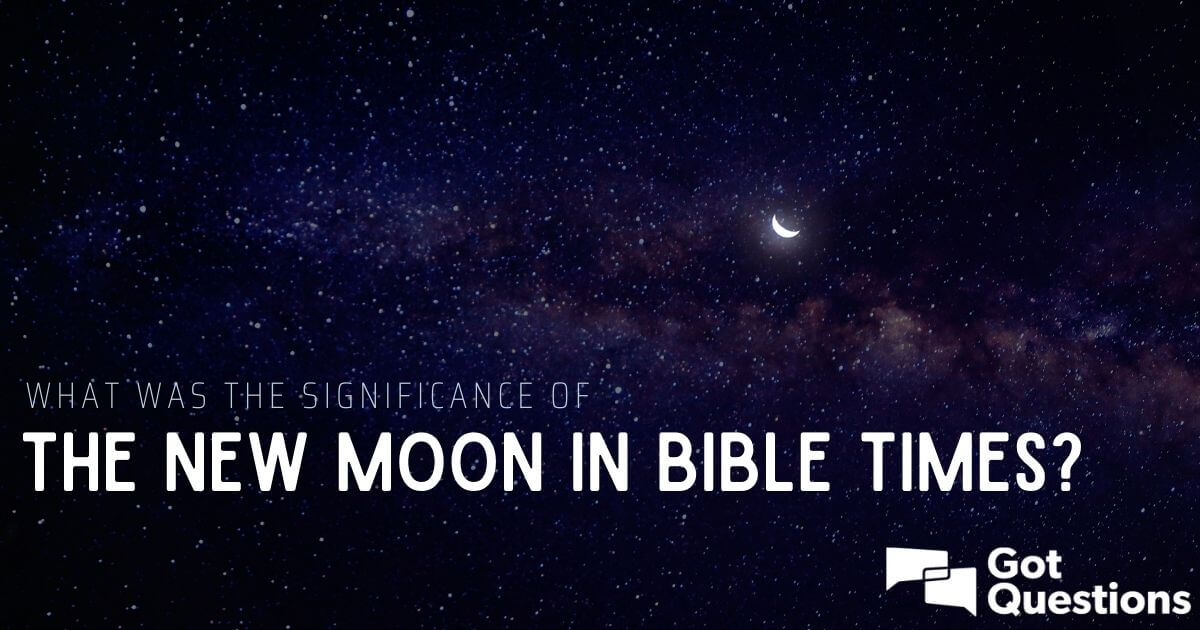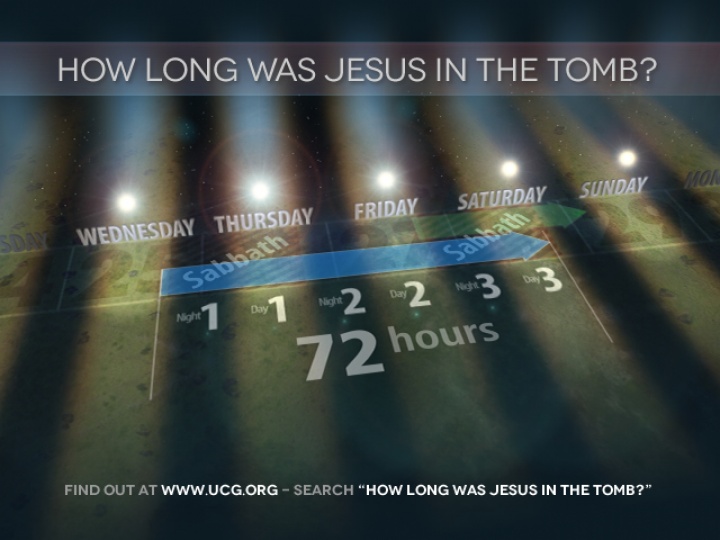Hi Y'all,
The Gospel of Mark (and the other Synoptic Gospels) has Jesus being crucified after Passover, yet John has Jesus crucified before. For anyone not familiar with this biblical curiosity, I'll run through the passages. It helps to remember that for the Jews, a new day begins when it gets dark. So the day of Passover starts in the evening with eating the Passover meal and continues the next day until evening. The lambs would be prepared for the Passover meal on the day prior to Passover (this day is called the day of Preparation for the Passover), when it became evening, Passover day would begin and the meal eaten. According to Mark 14:12, the disciples ask Jesus where to prepare the Passover meal, that would be the day of Preparation. Then that evening they have the Passover meal, also known as the Last Supper (Mark 14:17-25). After that, He is betrayed by Judas and put on trial, spends the night in jail and early in the morning the Sanhedrin sends him over to Pilate. (15:1). Pilate condemns him to death and he is nailed to the cross at 9:00 am (15:25), the morning after the Passover meal was eaten.
But in the Gospel of John, Jesus was crucified on the day of Preparation at about noon (John 19:14-16). For John, Jesus is dead by the time of the Passover meal. Note that in John, the description of the trial before Pilate is very elaborate compared to Mark. (John 18:28-19:16). In John, the Jewish leaders refuse to enter into Pilate's residence for the trial because they do not want to be defiled before the Passover meal. In Mark, they had already eaten the Passover meal the night before. Of course in John, Jesus never instructs his disciples on Passover preparations.
Do these differences matter? Do we care about the inconsistency? The Gospel of John is considered to have been written decades (90-95 AD) after the Gospel of Mark (65-70). Maybe the story got changed along the way. But why would it get changed? Would there be a reason for it? One answer is that John is the only gospel writer to advance the motif, Jesus as the Lamb of God. So the story got changed from Christ being crucified after the Passover, to Him dying at the same time as the Passover lamb. Sounds good?
The Gospel of Mark (and the other Synoptic Gospels) has Jesus being crucified after Passover, yet John has Jesus crucified before. For anyone not familiar with this biblical curiosity, I'll run through the passages. It helps to remember that for the Jews, a new day begins when it gets dark. So the day of Passover starts in the evening with eating the Passover meal and continues the next day until evening. The lambs would be prepared for the Passover meal on the day prior to Passover (this day is called the day of Preparation for the Passover), when it became evening, Passover day would begin and the meal eaten. According to Mark 14:12, the disciples ask Jesus where to prepare the Passover meal, that would be the day of Preparation. Then that evening they have the Passover meal, also known as the Last Supper (Mark 14:17-25). After that, He is betrayed by Judas and put on trial, spends the night in jail and early in the morning the Sanhedrin sends him over to Pilate. (15:1). Pilate condemns him to death and he is nailed to the cross at 9:00 am (15:25), the morning after the Passover meal was eaten.
But in the Gospel of John, Jesus was crucified on the day of Preparation at about noon (John 19:14-16). For John, Jesus is dead by the time of the Passover meal. Note that in John, the description of the trial before Pilate is very elaborate compared to Mark. (John 18:28-19:16). In John, the Jewish leaders refuse to enter into Pilate's residence for the trial because they do not want to be defiled before the Passover meal. In Mark, they had already eaten the Passover meal the night before. Of course in John, Jesus never instructs his disciples on Passover preparations.
Do these differences matter? Do we care about the inconsistency? The Gospel of John is considered to have been written decades (90-95 AD) after the Gospel of Mark (65-70). Maybe the story got changed along the way. But why would it get changed? Would there be a reason for it? One answer is that John is the only gospel writer to advance the motif, Jesus as the Lamb of God. So the story got changed from Christ being crucified after the Passover, to Him dying at the same time as the Passover lamb. Sounds good?


